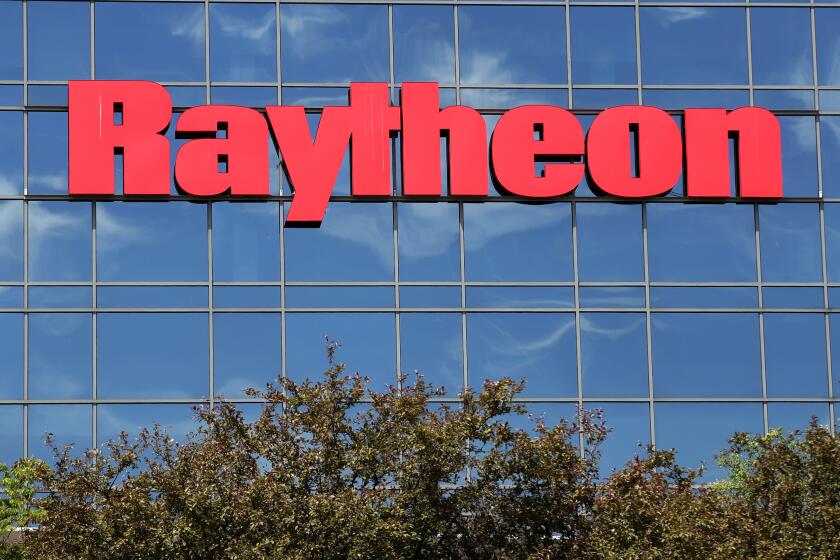Sears’ loss nearly doubles
Sears Holdings Corp. posted a wider loss in the third quarter as continued sales declines at its stores overshadowed a growing online business.
The Hoffman Estates, Ill.-based retailer said revenue at its Sears stores open at least a year slipped 0.7%. At its Kmart stores, revenue fell 0.9%. Sears Canada had a 7.8% decline in comparable-store sales, the company said.
Lower sales of appliances and consumer electronics at Sears’ U.S. stores hurt the company’s performance, even as sales of apparel rose, helped by Lands’ End and the new Kardashian clothing line. Meanwhile, at Kmart, sales of clothing, home goods and prescription drugs fell, while grocery and household goods rose.
“While we are not satisfied with our performance, we saw improvement in some core areas,” said Lou D’Ambrosio, chief executive and president of Sears Holdings.
Sears lost $421 million, or $3.95 a share, for the period that ended Oct. 29. A year earlier, it lost $218 million, or $1.98 a share. Removing a pension expense and other items, Sears lost $2.57 a share. Analysts surveyed by FactSet expected a smaller loss of $2.29 a share.
Revenue slipped 1% to $9.57 billion.
Online sales, a bright spot, increased 19% from the same period last year, giving a slight lift to U.S. same-store sales. Starting in the first quarter of 2011, Sears has been including online sales from Sears.com and Kmart.com in its domestic same-store sales figures.
Since hedge fund guru Edward Lampert took control of Sears and combined it with Kmart in 2005, the company has cut back investments in the physical stores in favor of pouring money into its online business. Some experts predict Sears will eventually become an e-commerce retailer with fewer, smaller storefronts to display its online wares.
In a memo to employees, D’Ambrosio said Sears is reinventing itself to “move beyond mult-channel to truly integrated retail.”
More to Read
Inside the business of entertainment
The Wide Shot brings you news, analysis and insights on everything from streaming wars to production — and what it all means for the future.
You may occasionally receive promotional content from the Los Angeles Times.









